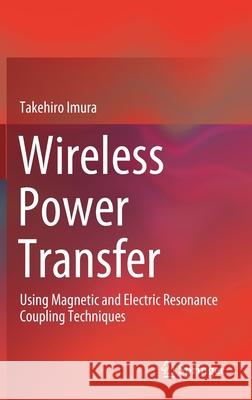Wireless Power Transfer: Using Magnetic and Electric Resonance Coupling Techniques » książka
topmenu
Wireless Power Transfer: Using Magnetic and Electric Resonance Coupling Techniques
ISBN-13: 9789811545795 / Angielski / Twarda / 2020 / 427 str.
Wireless Power Transfer: Using Magnetic and Electric Resonance Coupling Techniques
ISBN-13: 9789811545795 / Angielski / Twarda / 2020 / 427 str.
cena 645,58
(netto: 614,84 VAT: 5%)
Najniższa cena z 30 dni: 616,85
(netto: 614,84 VAT: 5%)
Najniższa cena z 30 dni: 616,85
Termin realizacji zamówienia:
ok. 22 dni roboczych.
ok. 22 dni roboczych.
Darmowa dostawa!
Kategorie:
Kategorie BISAC:
Wydawca:
Springer
Język:
Angielski
ISBN-13:
9789811545795
Rok wydania:
2020
Wydanie:
2020
Ilość stron:
427
Waga:
0.79 kg
Wymiary:
23.39 x 15.6 x 2.54
Oprawa:
Twarda
Wolumenów:
01
Dodatkowe informacje:
Wydanie ilustrowane











